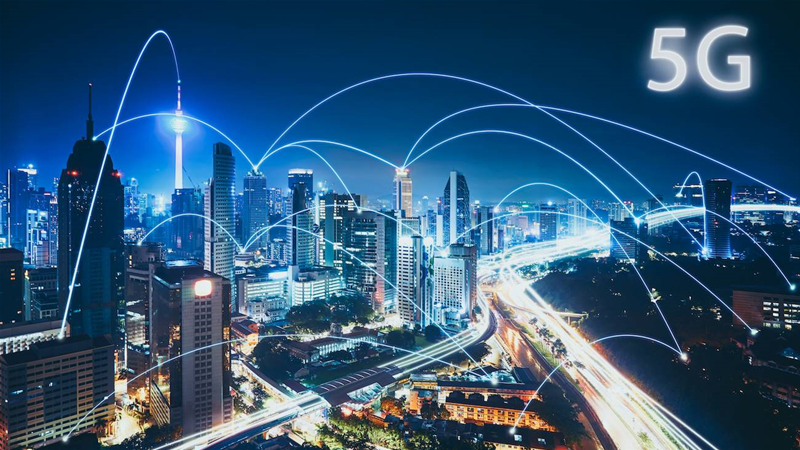With 5G global rollouts continuing, more efforts should now be focused on the real needs in industries.
"There's no out-of-the-box approach to innovation," said Ken Hu, Huawei’s Deputy Chairman, on the topic of accelerating 5G application in industrial settings during the 2020 Global Mobile Broadband Forum held in Shanghai recently.
The telecoms sector, including Huawei, is already deeply invested and playing its part to create more value for the enterprise market.
"We've got to focus on real needs in real scenarios – and build up the capabilities to meet those needs. This is a challenge. But more importantly, it's a huge opportunity for everyone involved."
China has already deployed over 600,000 base stations in more than 300 cities, supporting more than 160 million 5G connections across the country. A wide array of 5G services have already been implemented in more than 20 domestic industries, including healthcare, ports, steel, power grids, mining, and manufacturing
"The adoption of 5G in industries has moved from technical verification to commercial deployment," Hu said. At the end of 3Q 2020, China's three major operators have implemented over 5,000 innovative 5G projects and signed over 1,000 5G business contracts."
He shared four observations on the best ways to drive 5G innovation for industry applications.
1. The industry needs to identify real needs based on specific business scenarios.
While many industries have shown that they are ready and willing to embrace 5G, Hu stressed the need to develop a concrete set of criteria for specific scenarios and assess whether or not 5G is the right tool for the job: "This is how we can identify the real needs that are worth investing in."
Huawei proposed four criteria for assessing real needs: technical relevance, business potential, value chain maturity, and standardization. Based on these criteria, four typical scenarios that demonstrate a real need for 5G include remote control, video backhaul, machine vision, and real-time positioning.
2. Networks need to adapt to different scenarios.
Networks are the foundation of competitive 5G services, so network equipment, together with network planning, construction, maintenance, and optimization, must be able to meet the requirements of an incredibly diverse range of industrial use cases. This requires operators and vendors to work together and keep innovating based on in-depth insight into industrial challenges.
3. A thriving industrial 5G device ecosystem is key.
Huawei estimates that the average price of 5G modules will level out at around US$100 by the end of 2020, and hit US$40 by the end of 2022, which will greatly enrich the 5G device ecosystem.
4. Telcos need to develop new capabilities to serve business-facing 5G markets.
5G technology is a critical element in digital transformation, but it's not a full solution in and of itself. So beyond connectivity, telecoms service providers need to build a range of adjacent capabilities in areas like cloud operations, industry application development, and end-to-end system integration. At the moment, there is a noticeable lack of comprehensive solutions to meet these needs in the enterprise market.
"5G will create increasingly greater value for industries over the next decade," said Hu in closing. "This means another period of rapid development for the telecoms industry. Moving forward, we will have to overcome a number of difficulties, and every step forward requires change. But I firmly believe that the hardest things are the things worth doing most.”










